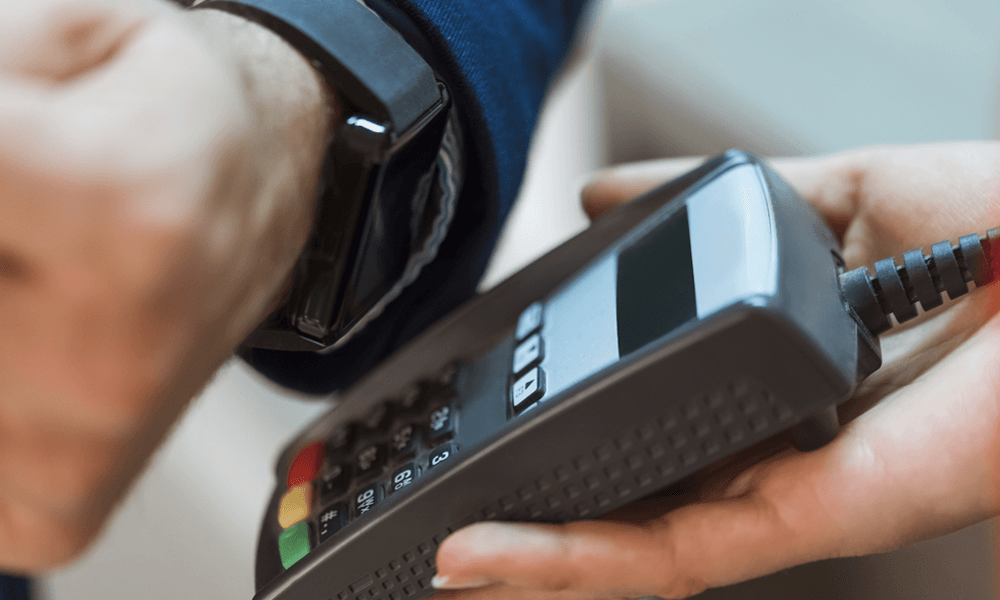Today, the world is more connected than ever before, and technology is evolving at a rapid pace. Almost everyone owns a smartphone, and probably even a smart TV. Smart cars are hitting the roads. And there are ways to make an entire home smart.
Barcelona, Spain, meanwhile, is in the midst of adopting smart technology citywide, for everything from parking to waste management. That’s where the internet of things (IoT) comes in.
“IoT” refers to the connections of electronic devices and sensors to the internet. These things are considered “smart” because they are interacting with people or other devices through the internet. They can send, receive and collect data with or without a person operating them, often using that data to learn people’s habits and become “smart” in how they interact with them.
This technology allows devices and gadgets to talk to one another directly. Imagine setting an appointment in your calendar, and when you’re ready to get into your car, that vehicle already has the directions to your destination available in its GPS. Or, imagine, when you get home from work, that the furnace has alerted the house of your imminent arrival. The lights are on, the garage door opens and the front door unlocks just as you pull in the driveway.
Experts agree that while manufacturers hurry to release more new devices to the public, security has not been able to keep up.
Perhaps you’re ahead of the ball, having already adopted some of these new technologies. By building this technology directly into new devices, manufacturers have made it easier for consumers to interact with the IoT. Household appliances, notably, are its fastest-growing category, and that category has an increasing number of household systems operating remotely. They include furnaces, air conditioners, fire detectors, security systems, appliances and lights.
It has been estimated that the IoT will add $10 trillion to $15 trillion to the global economy in the next 20 years. So, the possibilities for connecting more and more devices to the IoT are endless, limited only by our imagination.
RISKS OF BEING CONSTANTLY CONNECTED
The news is not all positive, however: In our rush to have the latest and greatest devices, we must be aware of the risks associated with this state of being constantly connected. Experts agree that while manufacturers hurry to release more new devices to the public, security has not been able to keep up. Many manufacturers even hire security researchers to attempt a hack on their product to try to stay ahead of criminal hackers.
The results can be scary: These researchers have managed to gain access to cameras in baby monitors and to even disable the transmission and brakes in a connected car. IoT devices, then, can often be easily hacked, which could potentially give scammers access to your entire network of connected devices. Hackers can also take over devices and use their processing power for attacks on other people.
This just happened in October 2016 when more than 100,000 IoT devices were hacked and used to block traffic to popular websites, including Twitter, Amazon and Netflix. The disruption lasted only a few hours but proved that hackers have seemingly easy access to an increasing number of unsecure devices. Here are a few recommended best practices from the Federal Trade Commission to keep your own devices safe and help protect your privacy and security:
- Change the default name and password of your home’s internet router.
- Enable network encryption on your internet router.
- Change the default username and password on each of your devices.
- Make sure you are running the latest version of software on each device, and always install new updates.
Doing a little investigating into how your IoT devices are set up and how you’re sharing your information can go a long way in protecting yourself against cyber threats. Talk with your trusted insurance advisor about any risks that may concern you. With the proper coverage in place, you can avoid major upset to your lifestyle.
















